The Hybrid Orthodontic Revolution: A Vision by Dr. Lucian C. and J‑Dentalhub Combining Triamond Braces with Clear Aligners
Orthodontics is no longer a question of braces or aligners. In today’s advanced practices, the best results often come from strategic combinations. One such powerful pairing is the use of Triamond System braces alongside clear aligners. This hybrid technique blends the mechanical efficiency of low-friction braces with the discreet precision of aligners—creating a smarter, more adaptable path to a perfect smile.
The Triamond System: Precision in Motion
The Triamond System is a modern bracket design that stands out due to its innovative diamond-shaped base and ultra-low-friction engineering. It offers superior control during complex movements like rotations, vertical corrections, and space closure—all while applying lighter, more biologically compatible forces.
Thanks to its design, the Triamond System reduces treatment time in the early stages by allowing teeth to glide more freely along the archwire, with less resistance and less discomfort for the patient.
The Strength of Clear Aligners
Clear aligners have redefined orthodontic aesthetics. They’re transparent, removable, and digitally planned, making them especially attractive to adults and image-conscious teens. Aligners are ideal for finishing touches, minor spacing adjustments, and polishing the bite—particularly once major structural corrections have been made.
However, aligners can fall short when it comes to more difficult movements like vertical shifts, large rotations, or treating severe crowding. That’s where the Triamond braces earn their keep.
The Power of Combining Both
In a hybrid approach, treatment typically begins with Triamond braces to efficiently manage the most biologically demanding tasks: aligning arches, leveling bite discrepancies, and rotating stubborn teeth. Once these foundational corrections are achieved, the braces are removed and clear aligners are introduced to complete the detailing—refining the tooth positions, adjusting minor torque, and closing fine spaces.
This transition allows orthodontists to move from mechanical efficiency to cosmetic finesse, without restarting the treatment or losing progress.
A Patient-Friendly Experience
For many patients, the thought of wearing traditional braces for two years or more can be a major deterrent. But the hybrid technique offers a compromise: a few focused months of braces followed by a more discreet and comfortable aligner phase.
Patients not only appreciate the speed of early treatment but also feel empowered when they transition into a less visible and more lifestyle-friendly finish. The emotional and psychological benefit of this midway switch is significant—it often boosts patient morale and compliance.
Adaptability for Complex Cases
The beauty of this hybrid method is its versatility. In cases involving impacted canines, open bites, deep overbites, or jaw asymmetries, braces offer the structure and control needed to initiate change. But once the hard work is done, aligners can finish what they started, delivering excellent aesthetic and functional results without the burden of a full-braces experience.
This also makes it an excellent option for retreatment cases, where previous orthodontic work has relapsed or failed. Triamond braces can realign the foundations, and aligners can take over for a clean, refined finish.
Insight from Dr. Lucian C.
Dr. Lucian C., explains why he believes this is the direction modern orthodontics is heading:
“We’re no longer choosing between braces or aligners—we’re choosing the right tool at the right time. The Triamond System gives us power and precision at the start, and clear aligners let us finish with style and control. This synergy isn’t just a new method; it’s a smarter way to treat patients.”
His practice sees growing interest in this approach among adults and teens alike, especially those seeking a balance between results and lifestyle.
A Glimpse into the Future
As digital workflows continue to improve—with intraoral scanners, 3D-printed appliances, and AI-based treatment planning—hybrid orthodontics will only get smarter. Imagine a future where bracket systems and aligners are designed together, from the start, for maximum synergy.
Instead of viewing them as separate options, orthodontists will begin every treatment with a flexible blueprint, blending tools as needed across different phases. Treatment won’t just be customized—it’ll be adaptive and intelligent.
Final Thoughts
The mixed technique of using Triamond System braces and clear aligners is more than just a workaround—it’s a refined approach to orthodontic care that respects both the biomechanics of tooth movement and the lifestyle of the patient.
By starting with the mechanical strength of Triamond braces and finishing with the precision and elegance of clear aligners, orthodontists can offer faster results, better aesthetics, and a more enjoyable experience.
It’s not braces or aligners anymore. It’s both—and it’s brilliant.
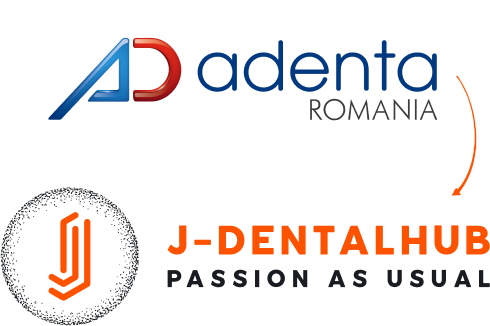





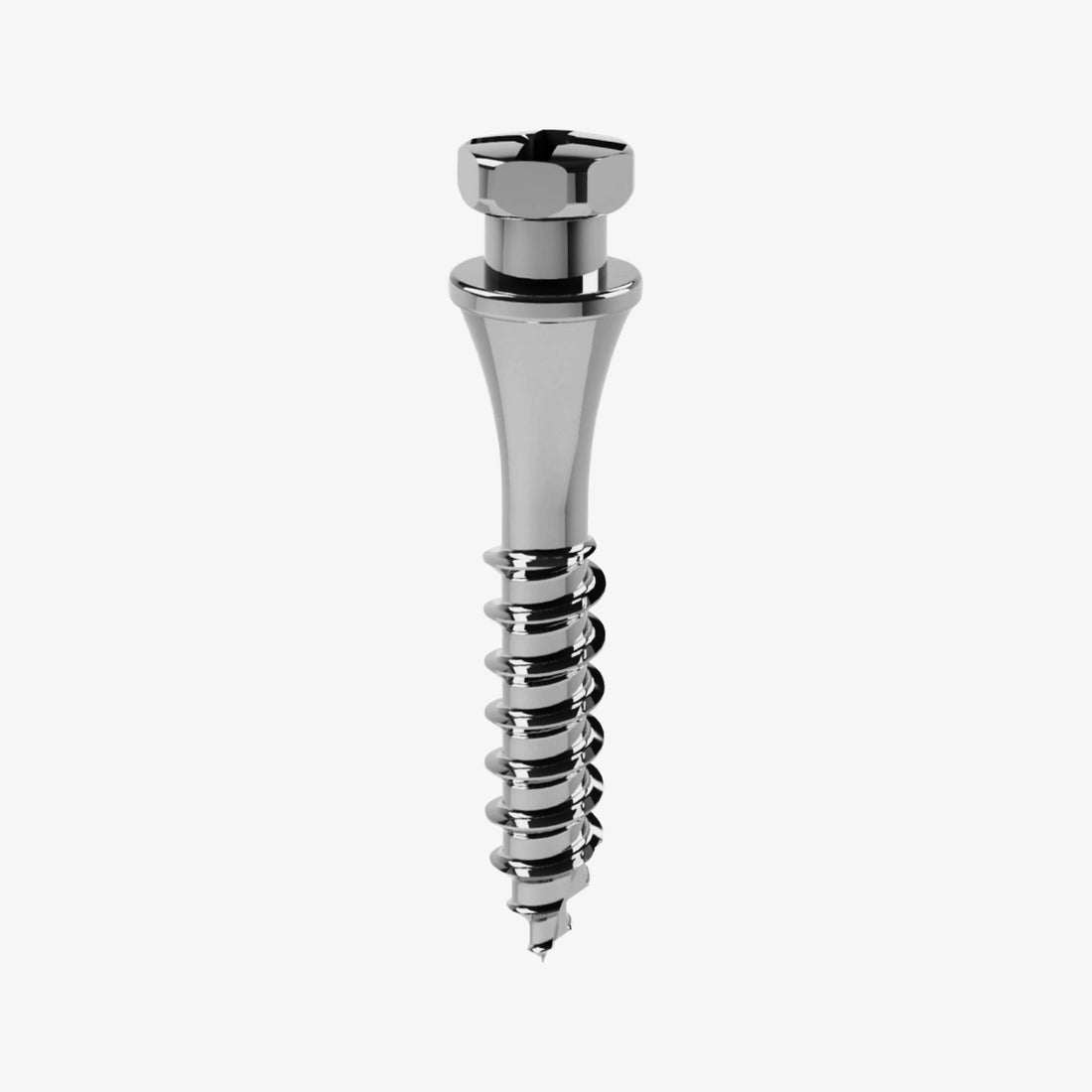
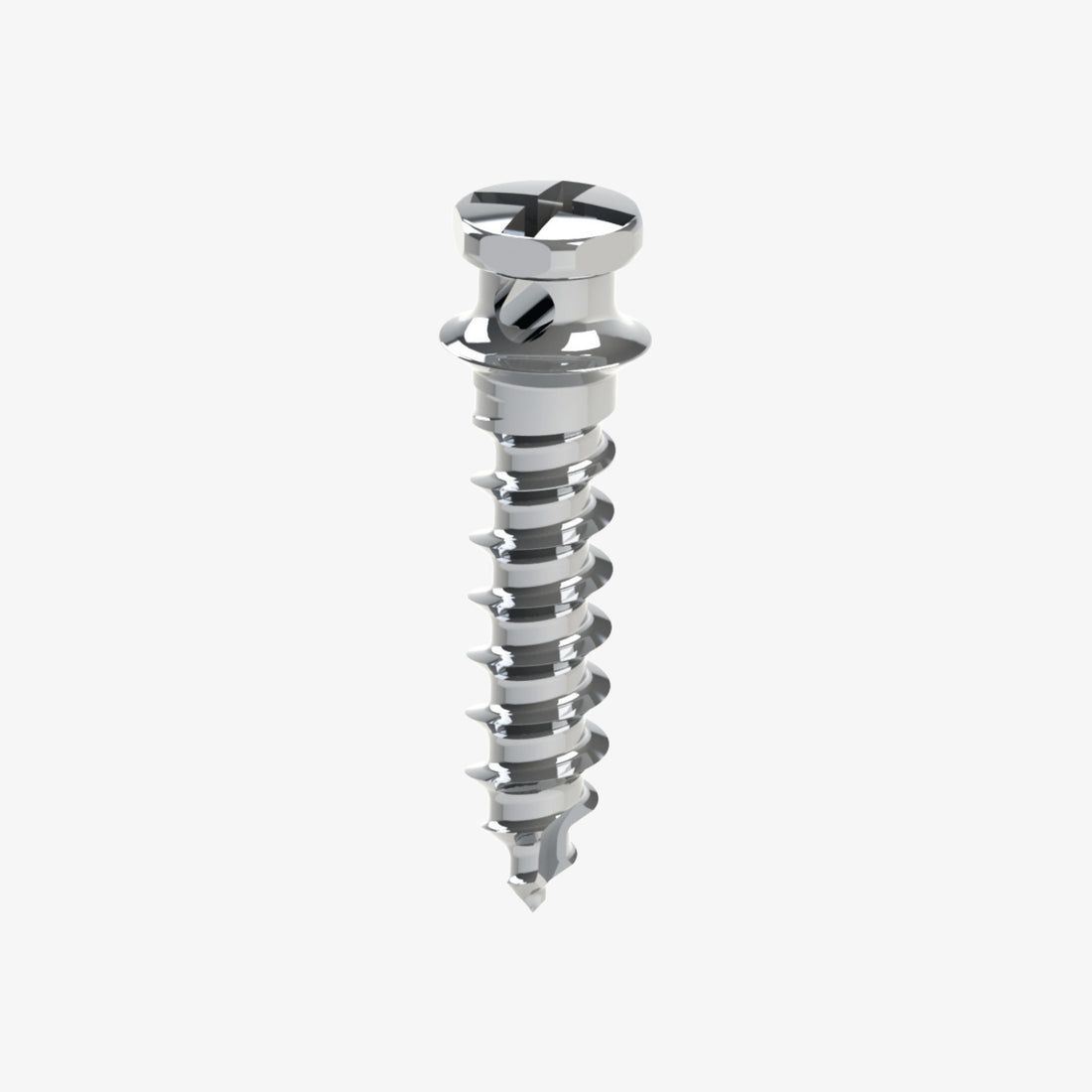
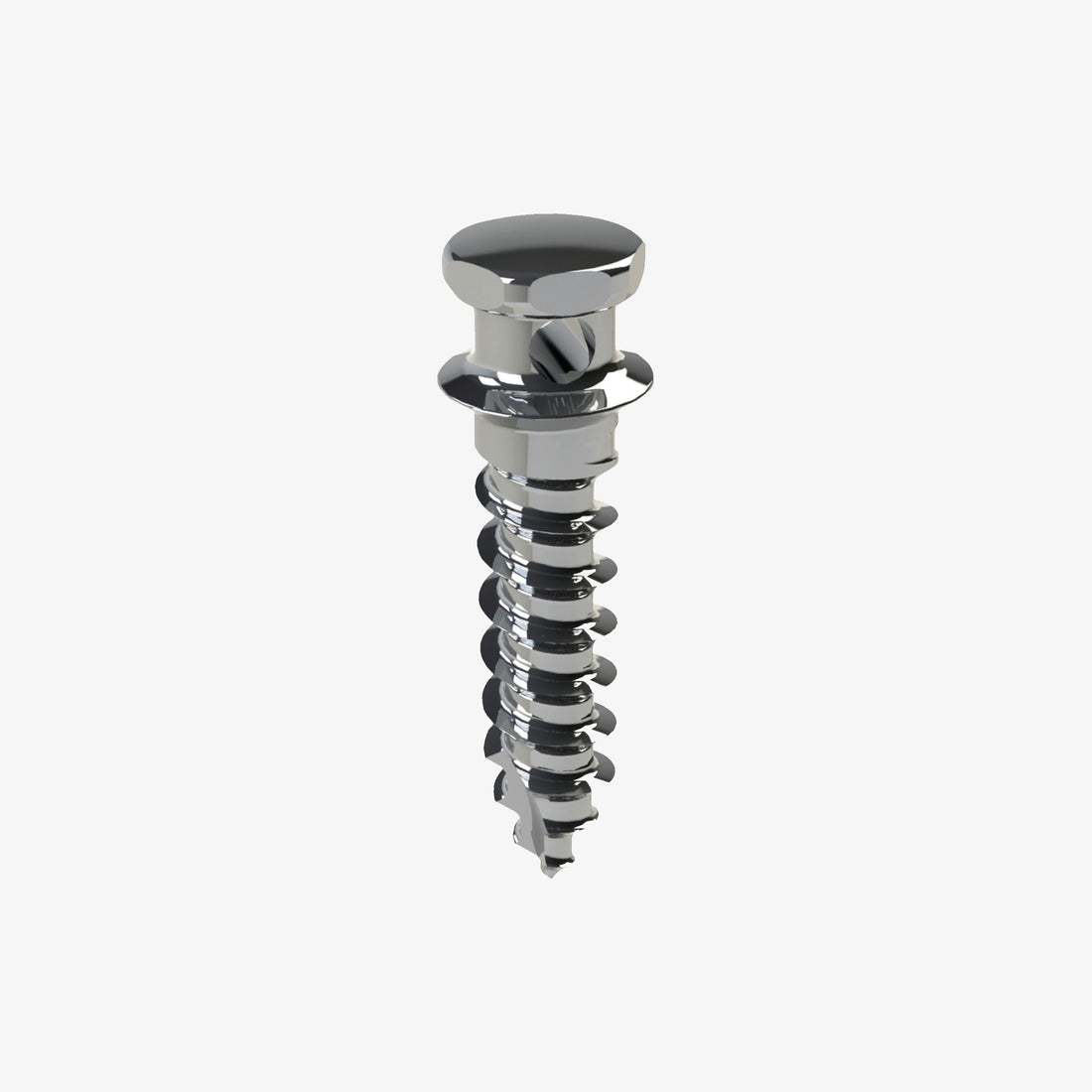
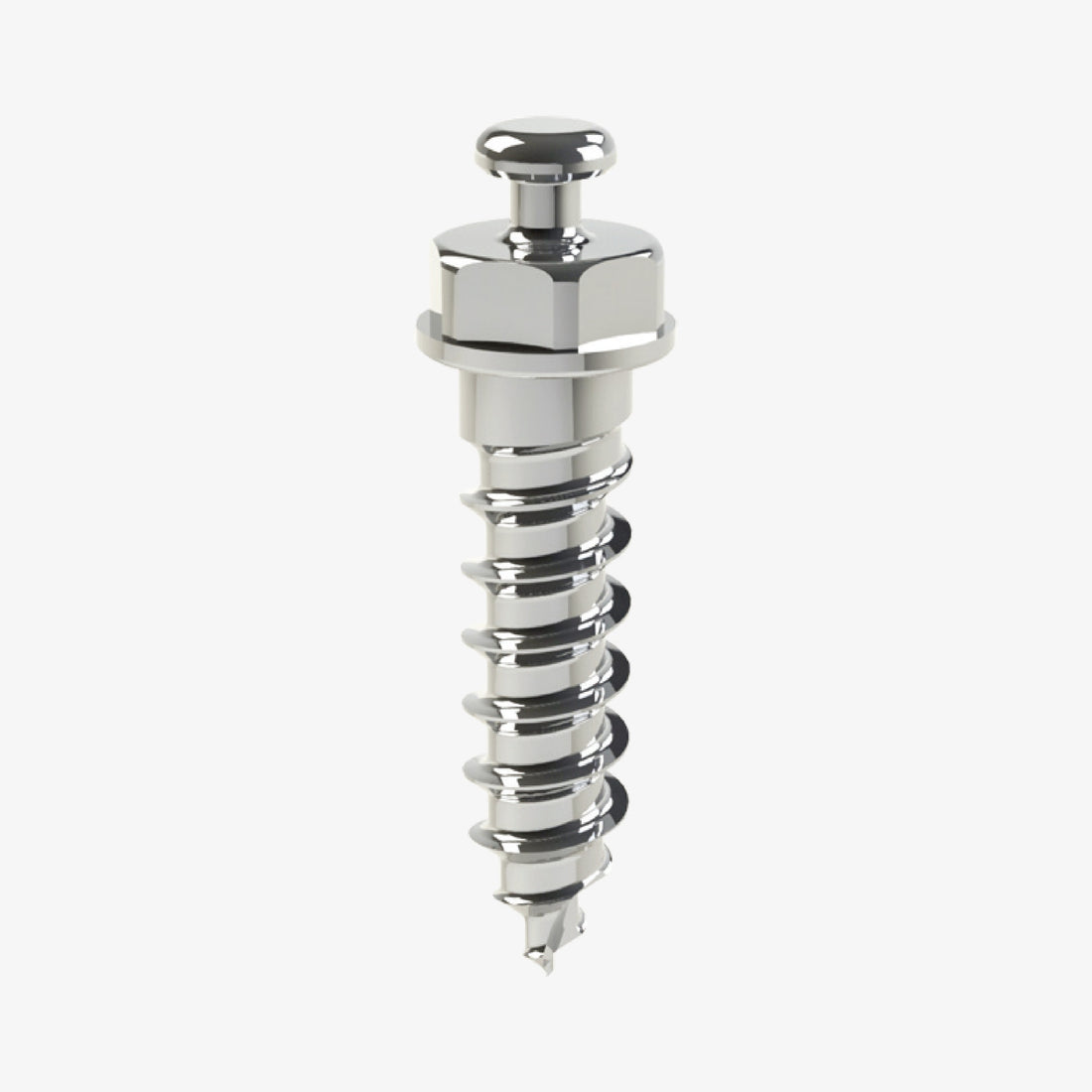

 0745 100 497
0745 100 497


